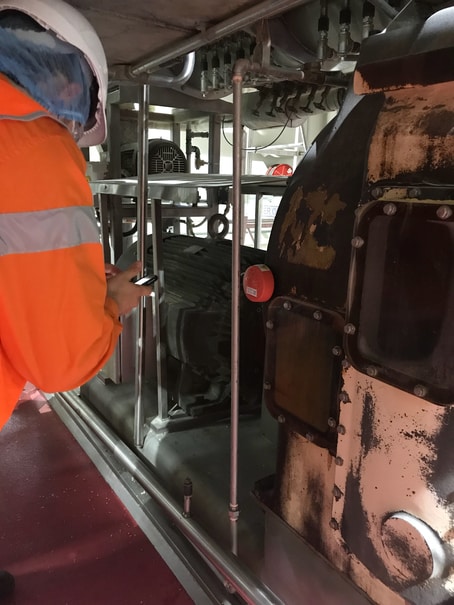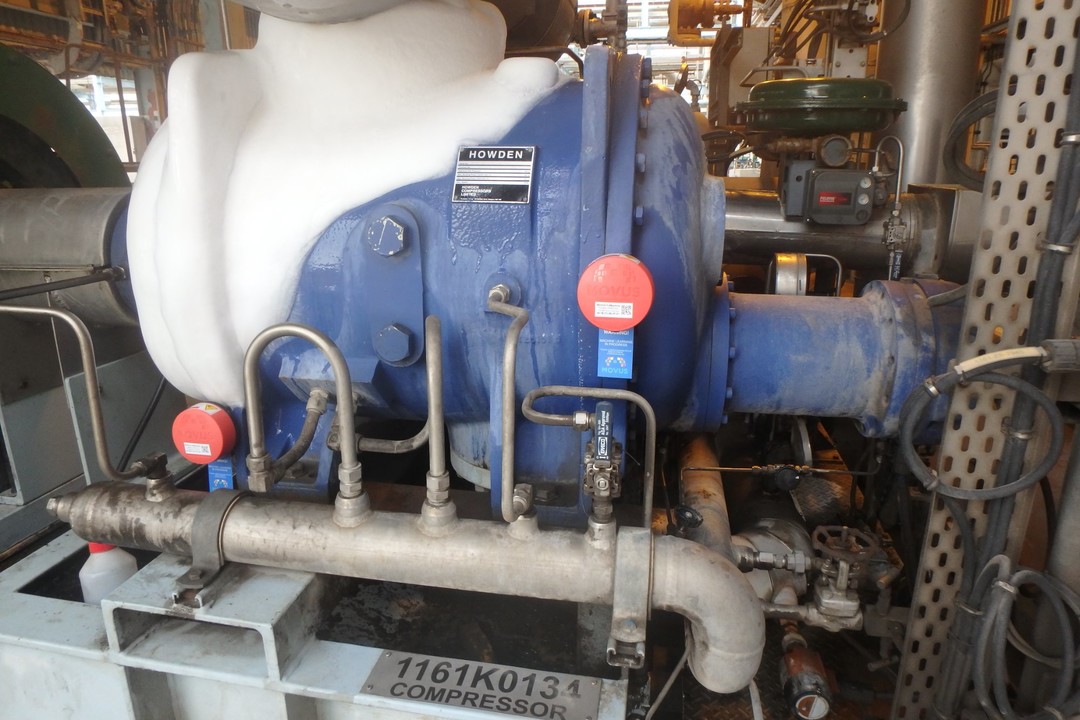The Power of Two – Industrial IoT’s Part in Helping Reduce Energy

A few weeks ago, I was asked to be a panellist and present at Zurich’s “Powered Up” Webinar. It was a discussion focused on the importance of taking more proactive steps to, as Zurich described it, “avoid the shock of an energy crisis.”
Specifically, the topics centred around Europe’s high dependency on non-renewable sources, and the need to avoid power shortages by reducing energy usage. The eventual goal is an obvious one: transition to renewable energy sources.
That’s obviously not an overnight exercise. And so, part of the discussion included an interim step of using technologies such as IoT to monitor and reduce energy consumption by improving the efficiency of equipment and reducing unwanted downtime.

At MOVUS, helping to reduce the world’s energy consumption has always been an integral part of our company vision. MOVUS founders Brad Parsons, Michel Lamarre and John Gardener always envisioned that the Industrial IoT space would play a key part in helping the planet to reduce its energy consumption.
After all, reducing the power consumption of even 1% of the planet’s 2.3 billion electric motors, which consume 43% of global electricity demands, adds up. And those figures are from a presentation that Brad put together using data from the International Energy Association in 2017! So, I don’t doubt there are probably more motors and other power-consuming industrial assets out there now.
Our first step in this direction was the introduction of FitMachine. And while an IoT sensor that focuses on detecting condition changes through vibration, temperature and tone might not seem like something that can help reduce a company’s power consumption, looking beneath the surface tends to reveal a bit more than just preventing breakdowns.
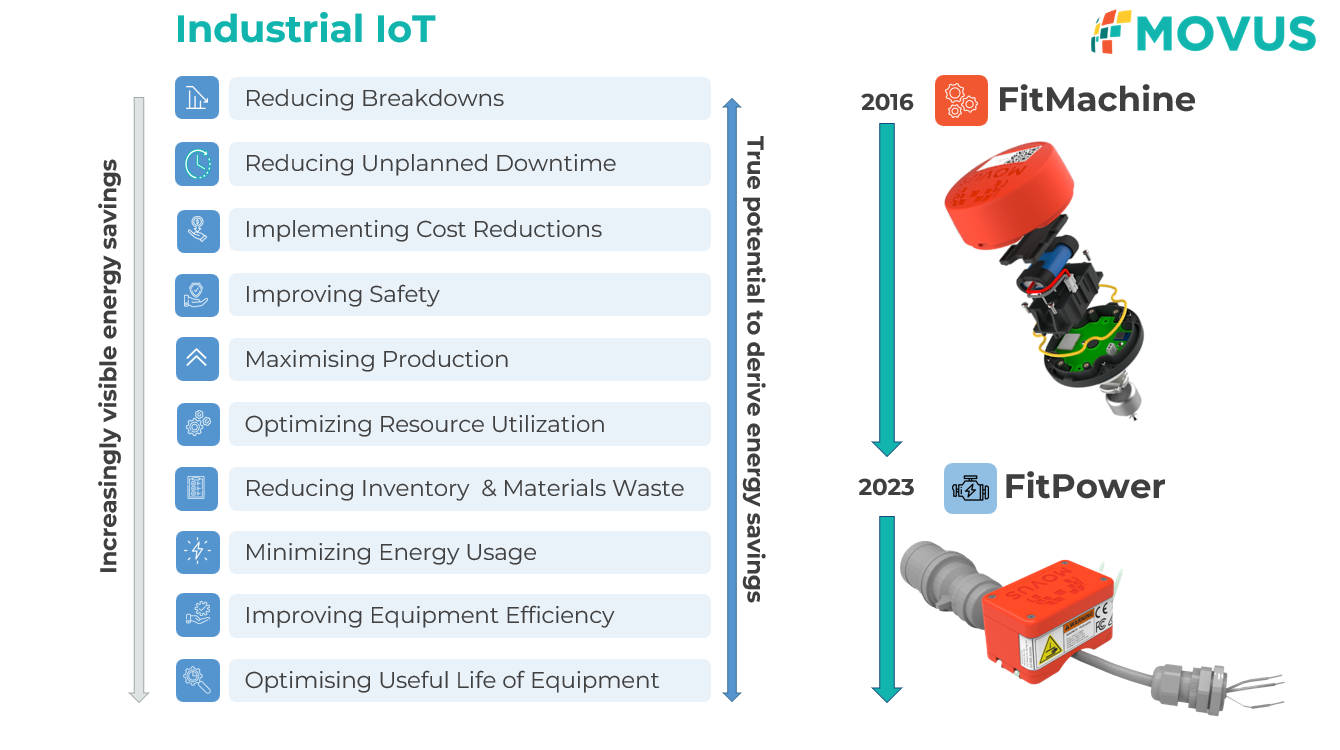
Some of the very basic benefits of condition-based maintenance using IoT devices include reduced inspections, planned maintenance and the reduced need for travel through remote visibility. And whilst not obvious, with them come direct energy savings, such as the energy used to travel to sites, and the need to hold less inventory due to better planning, along with the energy costs related to the logistics and manufacture of those parts.
Beyond the activity-based energy reductions, there is a somewhat logical premise that a machine with issues, requiring maintenance or on its way to some sort of failure, is likely to be using more energy than an asset running well. But that’s not something that has always been easily visible, which in turn makes it something difficult to focus on.
This is why FitPower was the second IoT device to be given life in the MOVUS repertoire. With the ability to measure and see the energy being used relative to the operation of what an asset is doing, new insights can be drawn. Insights that can reveal energy consumption is higher than it needs to be.
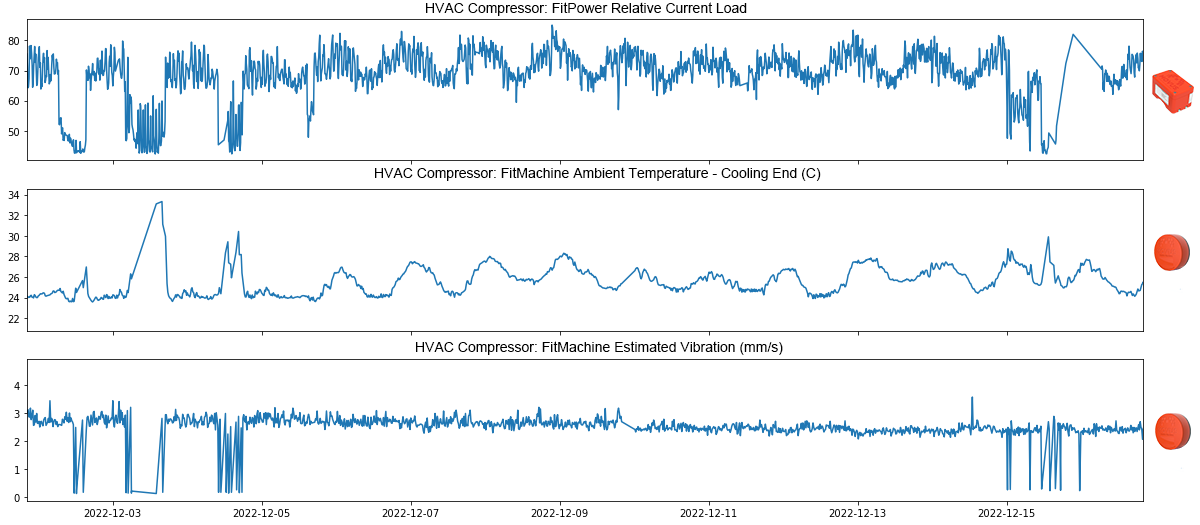
Monitoring the trends in variations of the current consumption alone is likely to be enough to let you know if an asset is potentially using more energy than it should be. With sufficient data, you should easily be able to see a trend of increased power being used which might point to an issue with sinister intent.
Combine this type of data with the traditional asset data you receive from an industrial IoT condition monitoring sensor, and you might just be able to pull together some interesting observations. For example, reviewing the relative current load against the vibration and temperature at the cooling end of the HVAC compressor in the graphs above reveals some expected and unexpected results.
I won’t go into the specific insights we gleaned from the above data other than to say that the behaviour of this particular HVAC unit is curious (at least for someone that isn’t completely familiar with the environment). I’ll just say that it’s not very clear to me why, initially, the current load follows an on-and-off state but then transitions towards a more gradual rise-and-fall process that is consistent for a few days without ever turning off. And comparing that against the compressor’s vibration – well, on the surface there doesn’t seem to be anything untoward happening there.
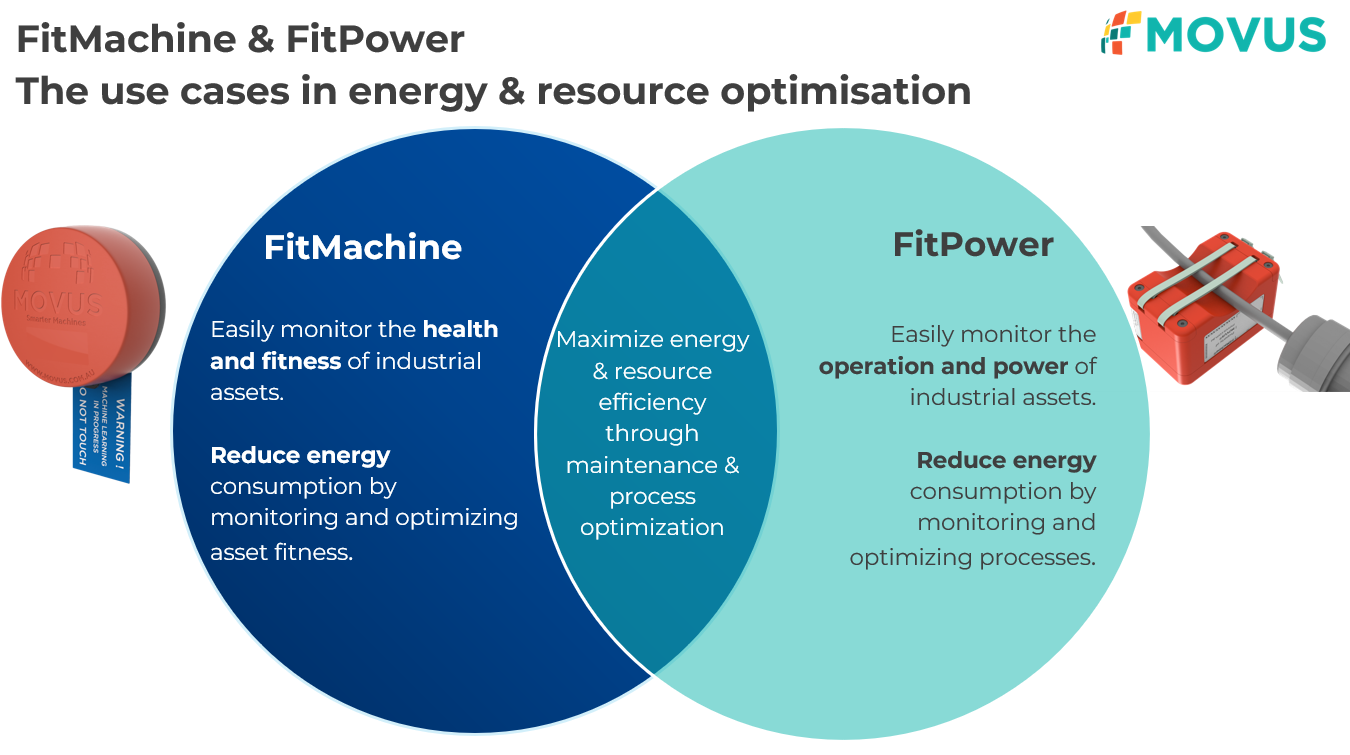
Is the operational process of that HVAC unit working towards the intended plan? Who’s to say? But it could be worth investigating to help reduce the asset’s energy, knowing that from an asset health perspective, it seems fine.
So welcome to the future. It’s not about just preventing unplanned downtime. We can start moving towards saving energy by using a combination of both FitMachine and FitPower data, helping us to better understand and take action, not just to optimise asset health, but also the processes that are being used to drive the equipment.

